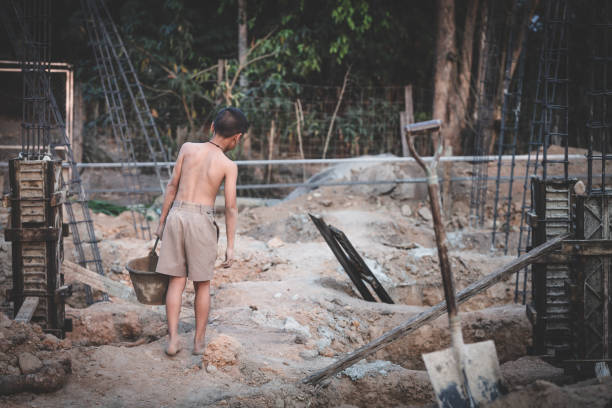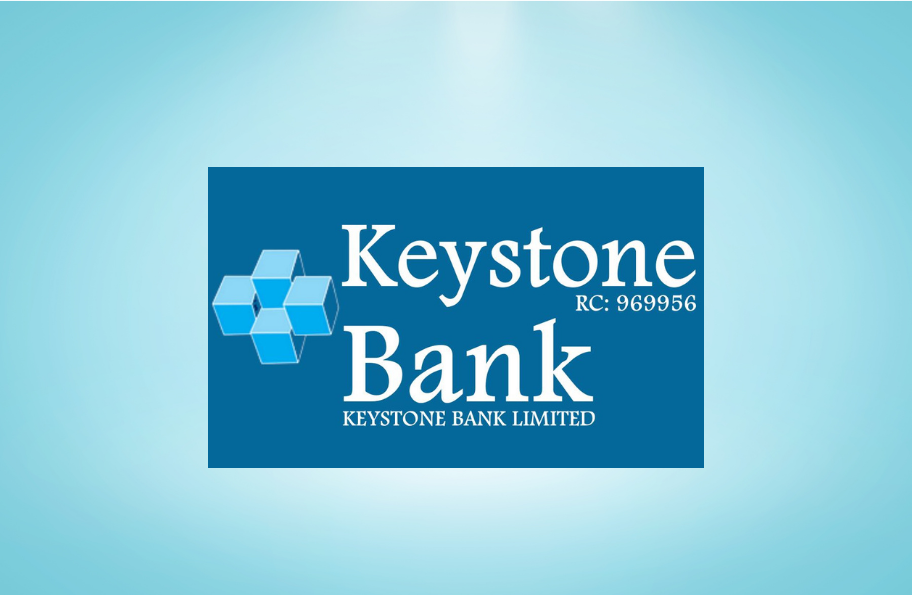World
Child Labor at big Industry
Child labor remains a persistent problem in many industries around the world, particularly in developing countries. Read more about this actual problem.
Advertisement

Child labor is a persistent problem in many industries around the world, particularly in developing countries. Children are often forced to work in dangerous and exploitative conditions, depriving them of their childhood and limiting their future opportunities.
The use of child labor is often driven by poverty, lack of education, and a lack of enforcement of labor laws. Children may work in a variety of industries, including agriculture, manufacturing, and mining.
Many companies have committed to eliminating child labor from their supply chains, and have implemented policies and procedures to ensure that they do not contribute to the problem. This can involve measures such as auditing suppliers, working with local communities to promote education and economic development, and providing support for children who have been affected by child labor.
Governments also have a responsibility to enforce labor laws and to ensure that children are protected from exploitation. This can involve strengthening child labor laws, providing access to education and social services, and monitoring and enforcing labor standards.
Eliminating child labor from big industries is a complex issue that requires the cooperation and commitment of governments, companies, and consumers. By working together, we can help to create a world where all children have the opportunity to grow, learn, and thrive.
Nike and Zara have both faced allegations of using child labor in their supply chains in the past. In the early 2000s, Nike was accused of using child labor in its production facilities in countries such as Pakistan, Cambodia, and Vietnam. The company has since taken steps to address these issues, such as implementing strict labor standards and monitoring programs, and has committed to ensuring that all workers in its supply chain are paid a living wage.
Zara, which is owned by Inditex, has also faced allegations of child labor in its supply chain, particularly in countries such as Brazil and Argentina. The company has implemented a number of measures to address these issues, including strengthening its code of conduct, increasing transparency in its supply chain, and partnering with organizations to promote education and labor rights.
Both Nike and Zara have publicly committed to eliminating child labor from their supply chains and have taken steps to address these issues. However, eradicating child labor from the supply chain is a complex issue that requires ongoing commitment and cooperation from all stakeholders involved, including governments, companies, and consumers. It is important that these efforts continue in order to ensure that children around the world are protected from exploitation and have the opportunity to grow, learn, and thrive.
Child labor is a complex issue that requires a multi-faceted approach to address. Here are some steps that can be taken to stop child labor:
- Increase Awareness: Raising awareness about the negative effects of child labor can help people understand the importance of ending it. This can be done through public education campaigns, media coverage, and community outreach programs.
- Strengthen Laws and Regulations: Governments can pass and enforce laws and regulations that protect children from exploitation and ensure that they have access to education and other basic rights.
- Provide Access to Education: Providing children with access to education can help prevent them from being forced into labor. This includes both formal education in schools and vocational training programs that provide children with skills they can use in the workforce.
- Support Economic Development: Supporting economic development in areas where child labor is prevalent can help families earn a sustainable income and reduce the need for children to work.
- Empower Communities: Empowering communities to take action against child labor can help build local capacity to identify and address the problem. This can include providing resources for community-led initiatives and involving community leaders in anti-child labor campaigns.
- Support Organizations Working to End Child Labor: There are many organizations working to end child labor around the world. Supporting these organizations through donations or volunteer work can help them continue their important work.
Stopping child labor requires a coordinated effort by governments, communities, and civil society organizations. By working together to raise awareness, strengthen laws, provide access to education, support economic development, and empower communities, we can help end child labor and ensure that all children have the opportunity to reach their full potential.
Trending Topics

Polaris Bank: Learn more!
Polaris Bank is committed to promoting financial inclusion, making banking services accessible to all. See now.
Keep Reading
Keystone Bank Verve Card: Apply now!
Get more out of your finances with the Keystone Bank Verve Card. Apply today and enjoy exclusive offers, rewards, and security features.
Keep ReadingYou may also like

Review Stanbic IBTC Visa Gold Naira
Experience premium banking and lifestyle with the Stanbic IBTC Visa Gold Naira Credit Card. Benefit from exclusive discounts.
Keep Reading
Review Keystone Bank Loan
Elevate your financial situation with Keystone Bank. With expert support, flexible repayment options, and a range of loan.
Keep Reading
